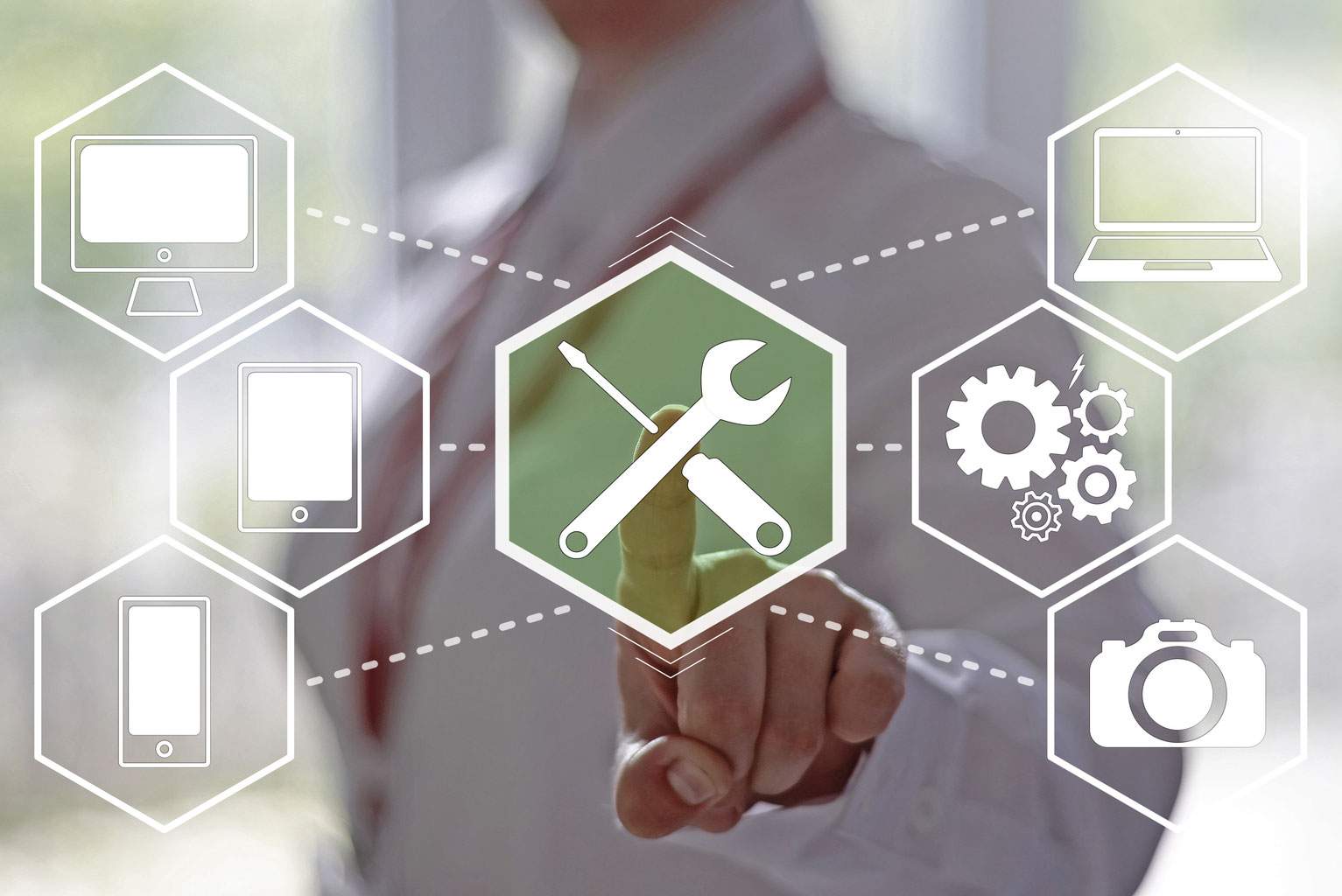
Leveraging the Power of IoT in SAP PM
The convergence of SAP PM (Plant Maintenance) and the Internet of Things (IoT) has revolutionized the way maintenance is managed in organizations. By integrating IoT devices and sensors with SAP PM, businesses can leverage real-time data and predictive analytics to optimize maintenance processes, reduce downtime, and improve equipment reliability. In this blog post, we will explore the benefits of combining SAP PM and IoT, discuss key use cases, and highlight the steps involved in implementing an IoT-enabled maintenance solution. Become an Expert in SAP PM with SAP PM Training.
Benefits of IoT-enabled Maintenance
Integrating IoT with SAP PM offers numerous benefits to organizations. Firstly, it enables real-time monitoring of equipment and assets, allowing maintenance teams to detect anomalies, predict failures, and take proactive measures. By collecting data from sensors embedded in equipment, businesses can monitor parameters such as temperature, vibration, pressure, and energy consumption, providing valuable insights into equipment health and performance.
Secondly, IoT-enabled maintenance facilitates condition-based maintenance, where maintenance activities are triggered based on actual equipment conditions rather than predefined schedules. This approach optimizes maintenance efforts, reduces unnecessary inspections, and minimizes downtime. It also helps in extending equipment lifespan and avoiding costly breakdowns.
Lastly, IoT integration with SAP PM enhances data-driven decision-making. The real-time data collected from IoT devices can be analyzed using advanced analytics tools within SAP PM, enabling maintenance teams to identify trends, predict maintenance requirements, and allocate resources more effectively.
Key Use Cases
a. Predictive Maintenance: IoT devices continuously monitor equipment parameters and send real-time data to SAP PM. Using predictive analytics algorithms, the system can identify patterns and deviations, allowing maintenance teams to predict failures before they occur. This helps in planning maintenance activities, scheduling repairs during planned downtime, and optimizing spare parts inventory.
b. Remote Equipment Monitoring: IoT sensors enable remote monitoring of equipment located in remote or hazardous environments. Maintenance teams can monitor equipment health, performance, and energy consumption from a central location, reducing the need for physical inspections and ensuring timely interventions when required.
c. Asset Tracking and Management: IoT devices can be used to track and manage assets, such as tools, vehicles, and spare parts. Real-time asset tracking improves visibility, reduces loss or theft, and streamlines inventory management in SAP PM.
d. Energy Management: Integrating IoT devices with SAP PM allows businesses to monitor energy consumption of equipment and identify opportunities for energy optimization. This helps in reducing energy costs, improving sustainability, and complying with environmental regulations.
Implementation Steps
Implementing an IoT-enabled maintenance solution in SAP PM involves the following steps:
a. Device Selection: Identify IoT devices and sensors suitable for monitoring the desired parameters based on equipment types and maintenance requirements.
b. Data Integration: Establish a seamless integration between the IoT devices and SAP PM, ensuring the smooth flow of real-time data.
c. Data Analytics: Configure SAP PM to process and analyze the incoming IoT data. Define rules and thresholds for triggering maintenance notifications and alerts.
d. Dashboard and Visualization: Create user-friendly dashboards and visualizations within SAP PM to present the IoT data in a meaningful way. This allows maintenance teams to quickly identify equipment health and take appropriate actions.
e. Process Integration: Integrate IoT-enabled maintenance processes with other SAP modules, such as inventory management and procurement, to ensure a holistic approach to maintenance operations.
f. Training and Adoption: Provide training to maintenance personnel on using the IoT-enabled features in SAP PM effectively. Encourage adoption and regular usage of the system for data-driven decision-making.
If you are an individual interested in SAP PM, our SAP PM Training In Hyderabad will definitely enhance your career.
Challenges and Considerations
While the integration of IoT and SAP PM offers numerous benefits, it also poses certain challenges. Data security and privacy concerns must be addressed, as IoT devices generate large amounts of sensitive data that need to be securely transmitted and stored. Organizations should implement robust cybersecurity measures and adhere to relevant data protection regulations. Additionally, managing the influx of IoT data and deriving actionable insights can be complex. Therefore, organizations should invest in data analytics capabilities and establish clear processes for data validation, analysis, and decision-making.
Implementation Approach
To successfully implement IoT-enabled maintenance with SAP PM, a systematic approach is required. Organizations should start by identifying critical assets and determining the appropriate IoT sensors needed to monitor them. Data collection mechanisms and protocols should be established to ensure reliable and accurate data transmission. The integration between IoT devices and SAP PM should be carefully planned, considering factors such as data mapping, integration interfaces, and system compatibility. Proper training and change management initiatives should be undertaken to familiarize maintenance teams with the new processes and equip them with the necessary skills to leverage IoT data effectively.
Conclusion
The integration of IoT with SAP PM opens up new possibilities for organizations to enhance maintenance operations. By leveraging real-time data, predictive analytics, and condition-based maintenance, businesses can optimize maintenance efforts, reduce downtime, and improve equipment reliability, ultimately leading to increased productivity and cost savings.

















